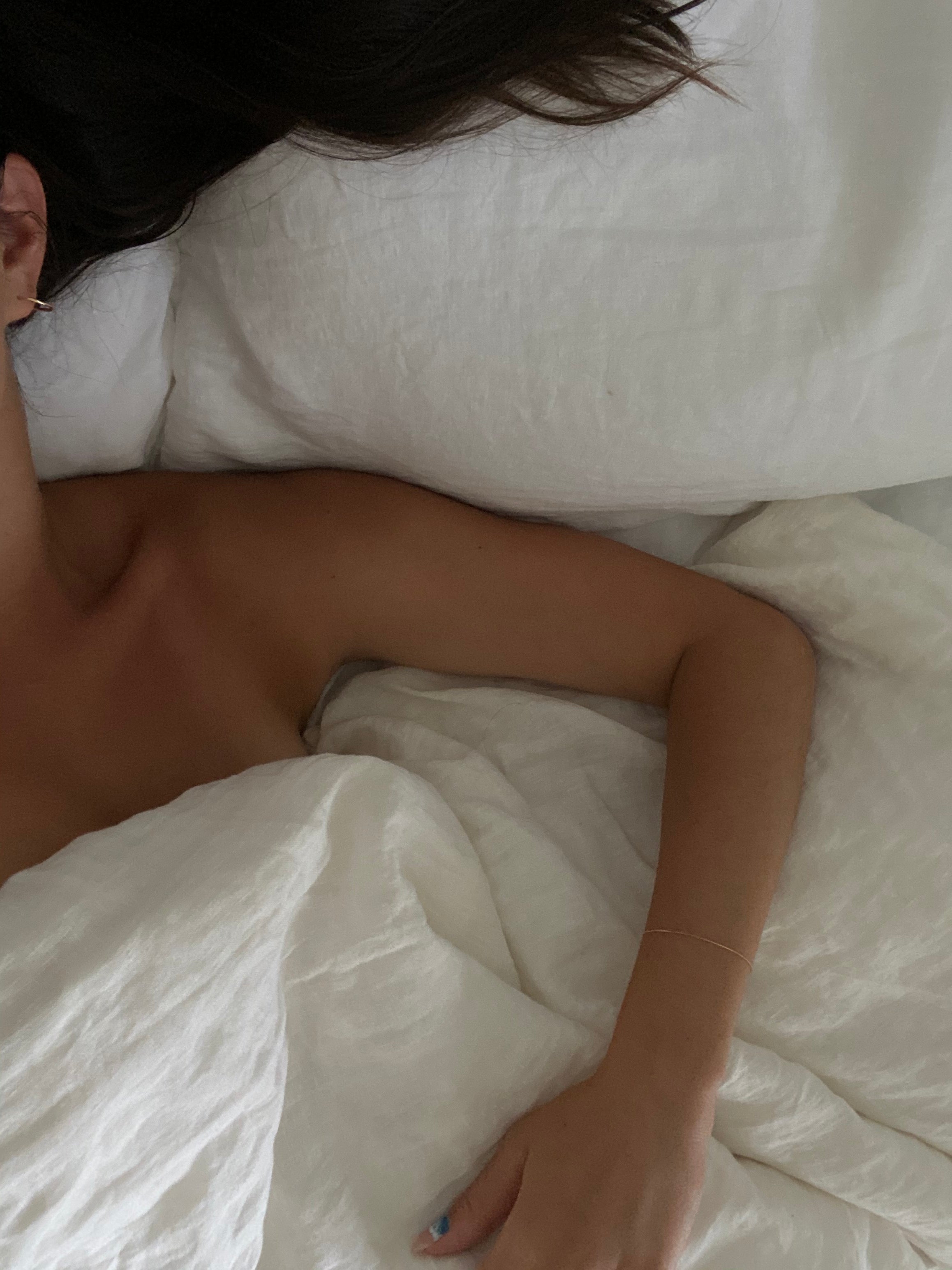Your bag is empty!
Let us take care of that for you. Check out some of our best sellers.
By Sasha Mei




For more on the author, click here.
Enter your email to get notified when this product becomes available again.
Thanks! We will notify you when this product becomes available!
Let us take care of that for you. Check out some of our best sellers.